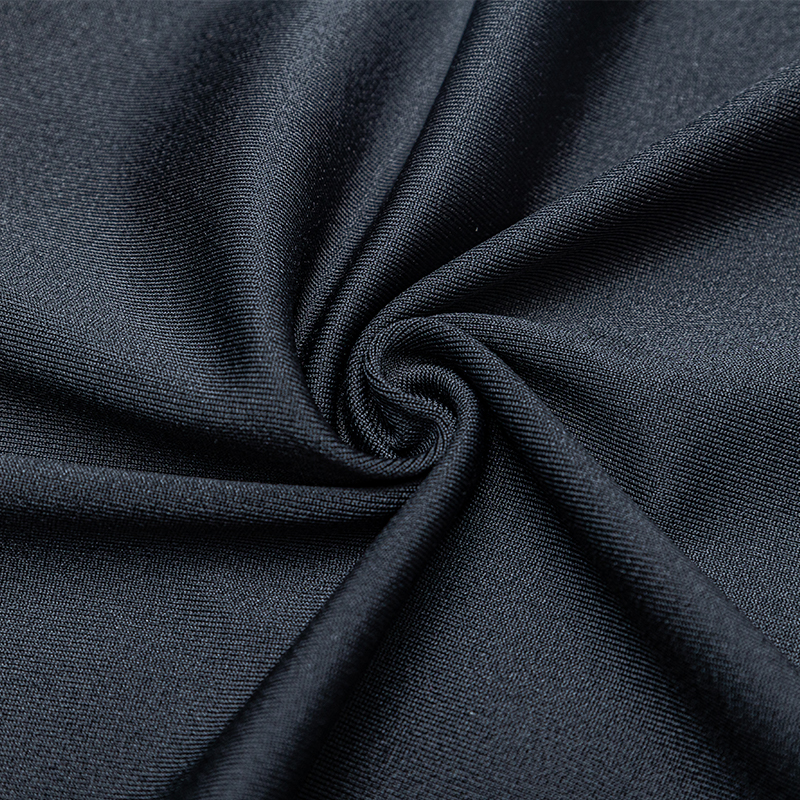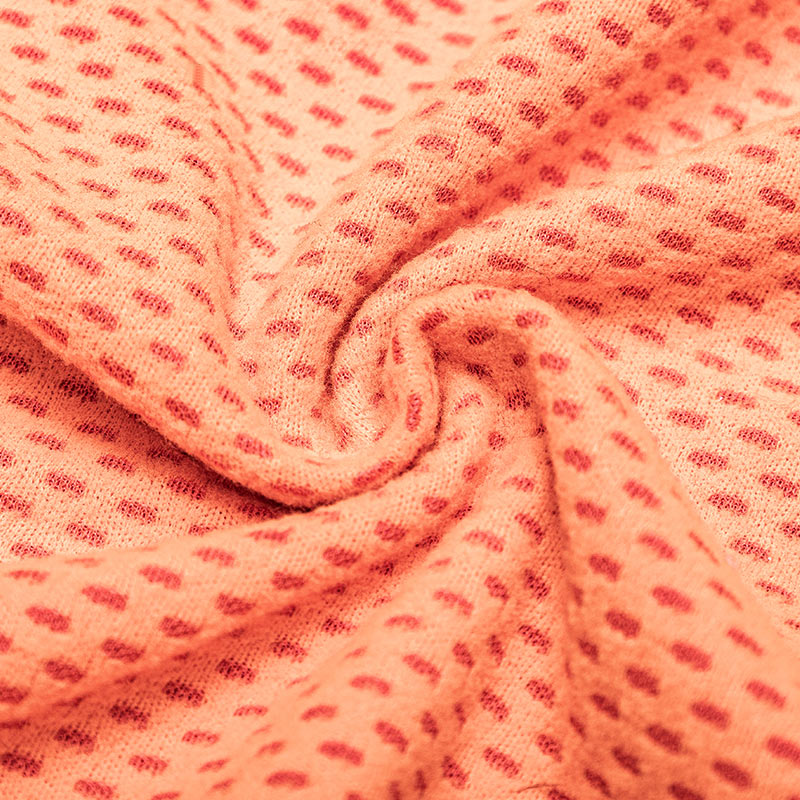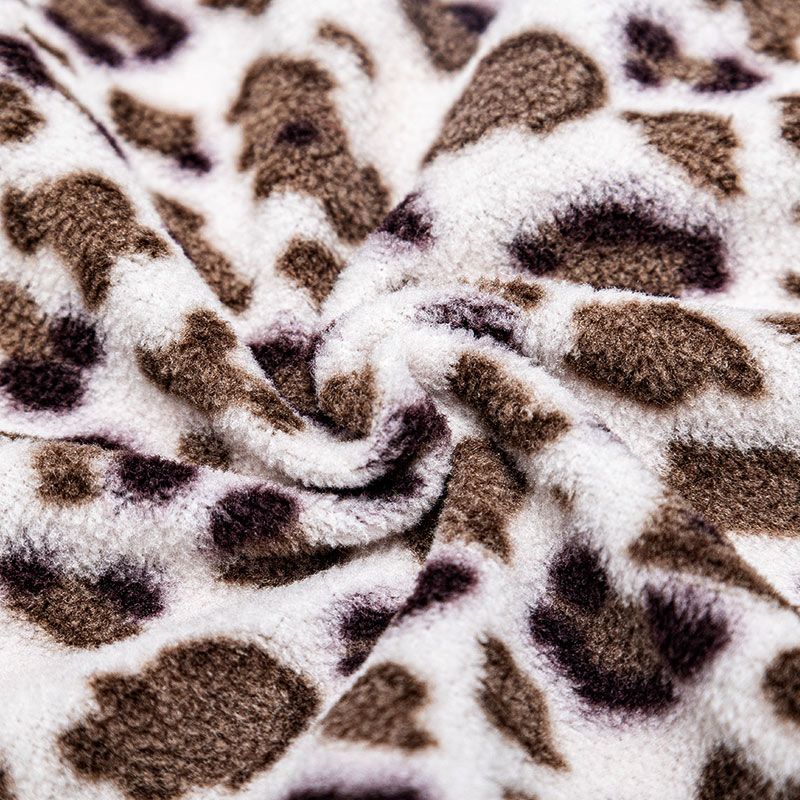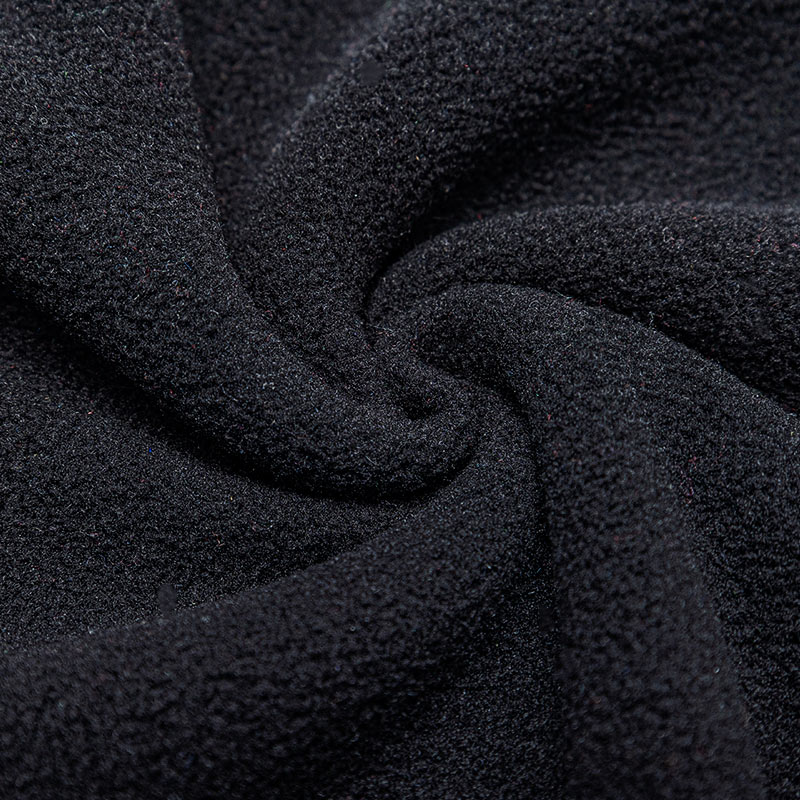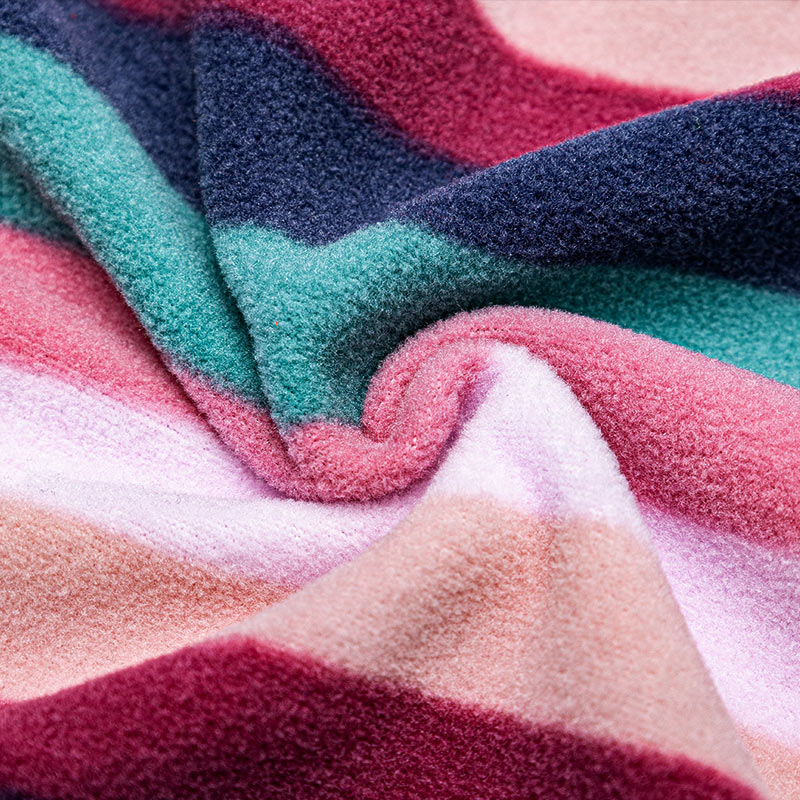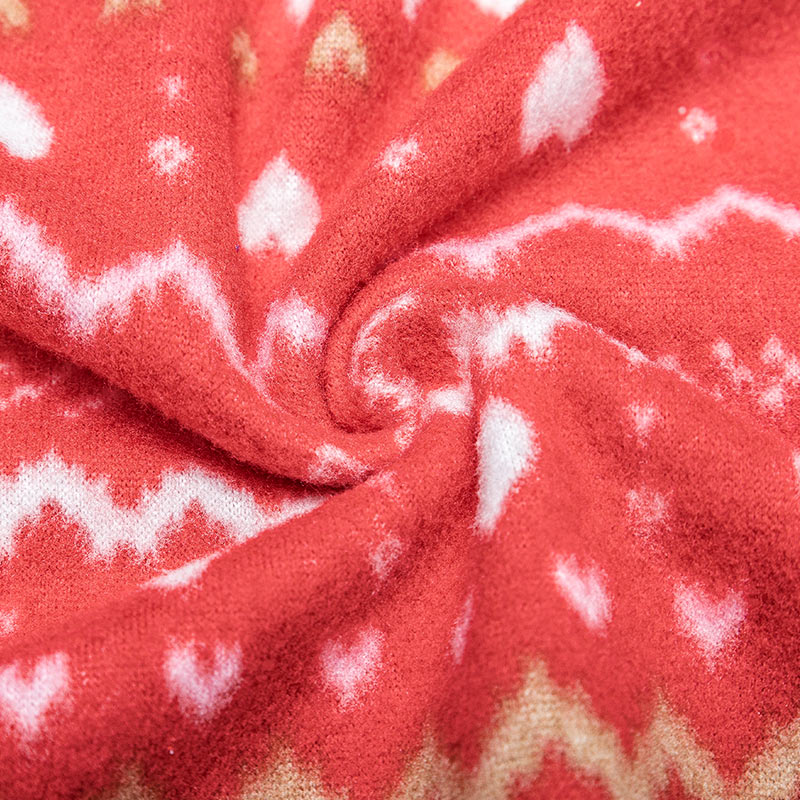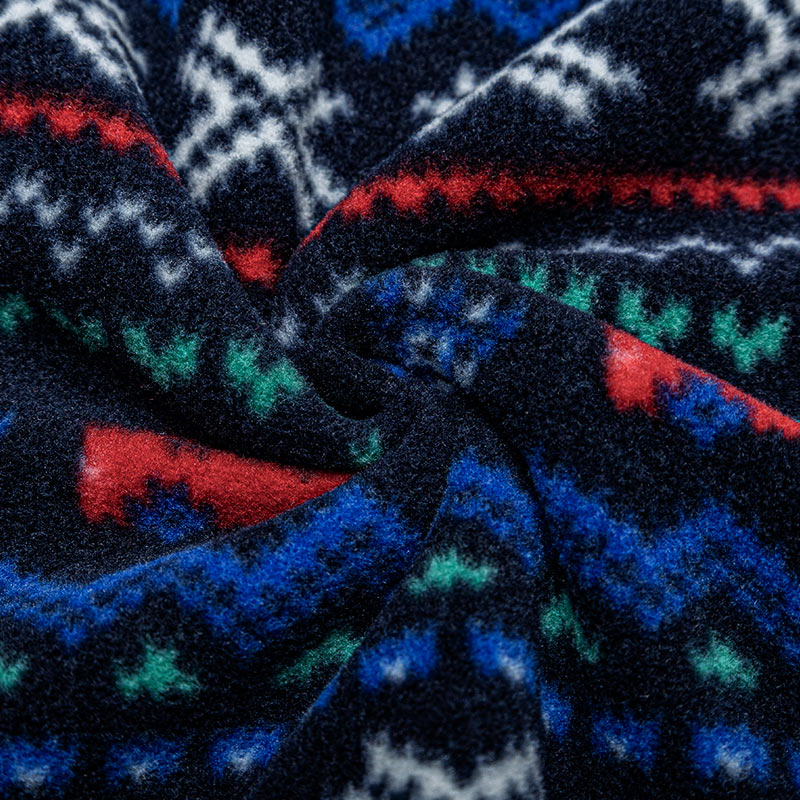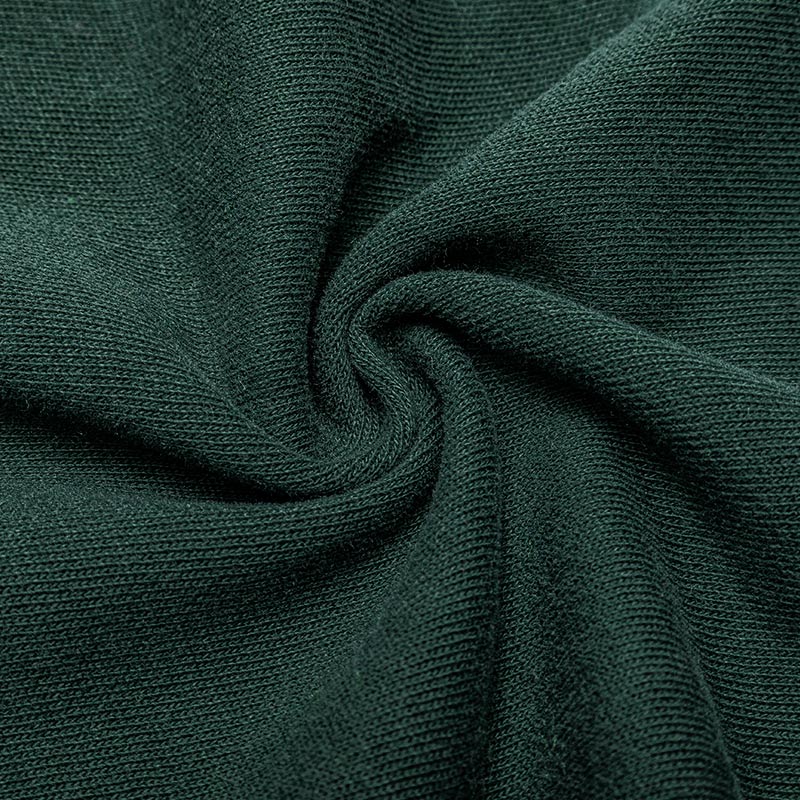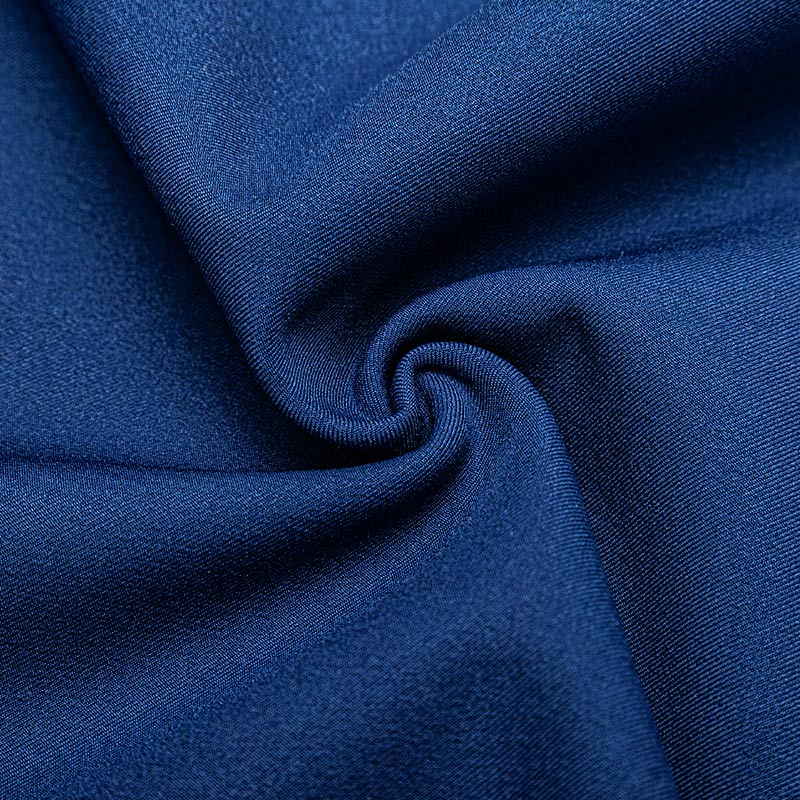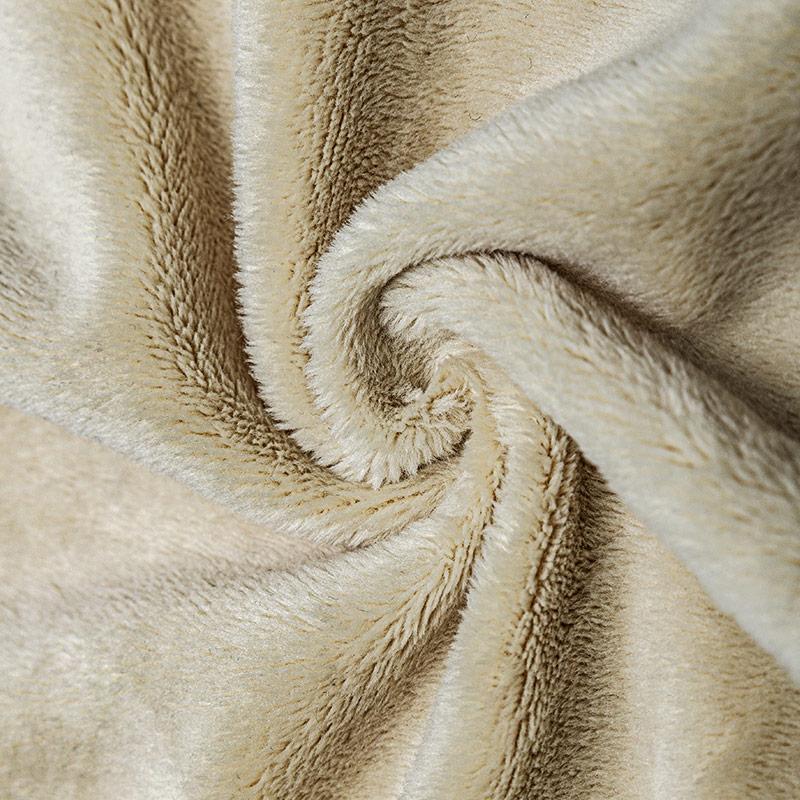Cationic Fabric is a type of fiber that is coated with cationic agents. These agents help the fabric become soft, breathable and anti-static. These fabrics are also easy to dye and have excellent hygienic properties. They are popular in the backpack customization industry and are often found in customized sports bags.
Cation Fabric can be compared to regular polyester. The major difference between cationic and ordinary polyester is that cationic fabric has a better dyeing performance, has a higher colorfastness and is softer to the touch. In addition, the fabric is able to resist the accumulation of static and fuzz.
It can be used to make clothes that are more comfortable to wear, such as sports apparel and high-end underwear. It is more durable than cotton and can be washed many times without losing its softness and color. It is easy to dye and can be printed with many colors.
Unlike normal polyester, cationic polyester is more resistant to static and is odorless. It is also more flexible and has good stretchability.
The color of cationic polyester is darker than that of ordinary polyester under the same dyeing conditions. This is because of the molecular thermal movement between the cationic dye and the polyester fiber. This phenomenon occurs due to the high crystallinity of cationic polyester.
There are a lot of different types of cationic dyes available in the market, with various characteristics. They can be used in various dyeing applications, such as printing and dying of a variety of synthetic fibers, such as nylon, acrylic, and polyester.
It is very important to choose the appropriate cationic dyes for each application. In particular, a cationic dye should have an affinity for the fiber to be treated. In order to achieve this, the fiber should be contacted with the dye for a certain amount of time.
The dyes should also be prepared in an environment that is free of ozone and harmful chemicals. This will ensure the highest possible quality of the dyed material and prevent fading.
In addition, cationic dyes have lower toxicity than ordinary textile dyes and are more eco-friendly. This means that they use less water, energy, and chemicals to produce the same color or shade.
This is important because it reduces the environmental impact of the production process and increases the value of the finished product. Additionally, cationic dyes are more stable than ordinary dyes and offer greater colorfastness and crocking.
Cationic dyes can be formulated in various forms, including liquids, powders and pastes. The powder form of cationic dyes is the most economical and versatile.
The liquid form of cationic dyes is more expensive but can be diluted and mixed with other chemicals to meet specific application requirements. It is also easier to store and transport.
In general, cationic dyes are usually soluble in water and aqueous solutions. This is important for many applications, such as in textile dyeing, where the solution must be sprayed onto the fabric.
